Sodium is an essential mineral, involved in many important bodily functions, such as cell function, fluid regulation, electrolyte balance, and maintenance of blood pressure.
This mineral is found in common foods like eggs and vegetables. It is also a main component of table salt (sodium chloride).
Although vital to health, dietary sodium is sometimes limited in some circumstances. For example, a low sodium diet is prescribed for people with certain medical conditions, such as heart failure, high blood pressure, and kidney disease.
Know the implications of a low sodium diet ; as well as its benefits and its contradictions.
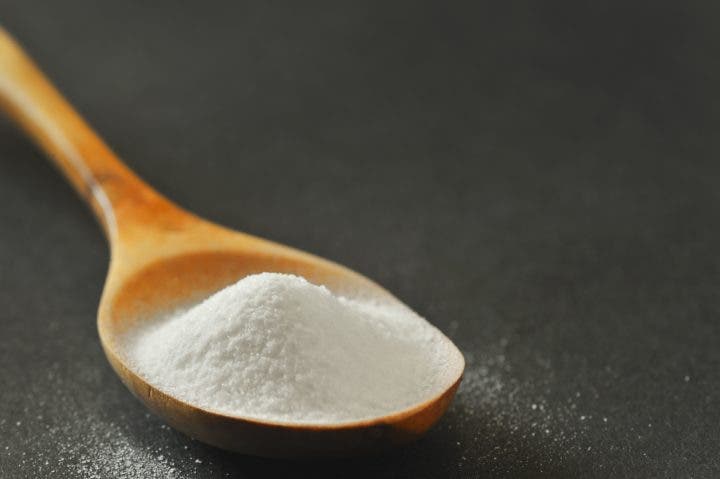
1. Diseases incompatible with sodium
Low sodium diets are one of the most widely used diets in hospital settings. This is because researchers show that sodium restriction can help control or improve certain medical conditions, such as the following

1.1 Kidney diseases
Kidney diseases such as chronic kidney disease (CKD) or kidney failure mean that they cannot effectively remove excess sodium or fluid from your body.
If sodium and fluid levels get too high, the pressure in the blood rises, which can cause further damage to the already compromised kidneys. (Ritz, Koleganova and Piecha, 2009)
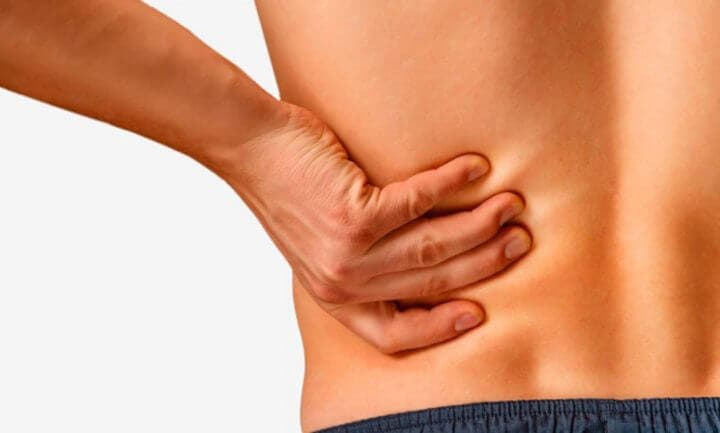
1.2 High blood pressure
High blood pressure is a risk factor for various conditions, such as heart disease and stroke. (Prasad, Masood, Srivastava and Mishra, 2017).
A very recent study of 766 people showed that people with the highest urinary sodium excretion had the highest blood pressure levels. (Jackson et al., 2018). This may be why many studies have shown that reducing salt intake can lower blood pressure in people with elevated levels.
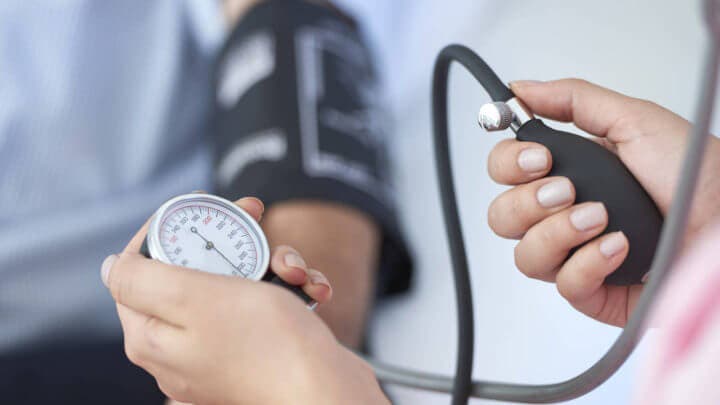
1.3 Heart disease
Low sodium diets are used in people suffering from heart disease, including heart failure.
Too much salt can cause excess fluids in people with heart failure and lead to dangerous complications, such as shortness of breath. For this reason, regulatory agencies recommend that people with mild heart failure limit their sodium intake to 3,000 mg per day, while people with moderate to severe heart failure should reduce their intake to no more than 2,000 milligrams per day. (Gupta et al., 2012).
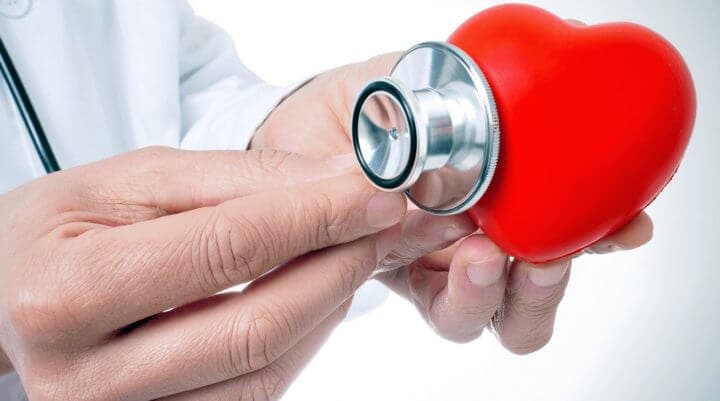
2. Benefits of a low sodium diet
2.1 Helps reduce blood pressure
A low sodium diet helps maintain low blood pressure. A review of 34 studies showed that a moderate reduction in salt intake over four or more weeks led to significant reductions in blood pressure in people with high and normal levels. (He, Li and Macgregor, 2013).
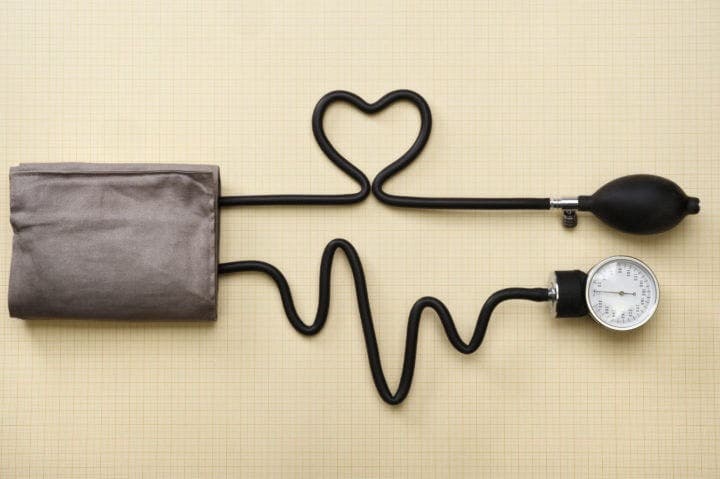
2.2 Reduces the risk of cancer
High-salt diets have been linked to some types of cancer, including stomach cancer.
A review of 76 studies in more than 6,300,000 people found that, for every 5 grams of salt increase in the diet per day, through processed foods, the risk of stomach cancer increased by 12%. (Fang et al., 2015). In contrast, a diet low in processed foods, high in sodium and rich in fruits and vegetables is associated with a lower risk of stomach cancer, so the problem is not so much sodium itself, but the ultra-processing of some food. (Johnson, 2015).
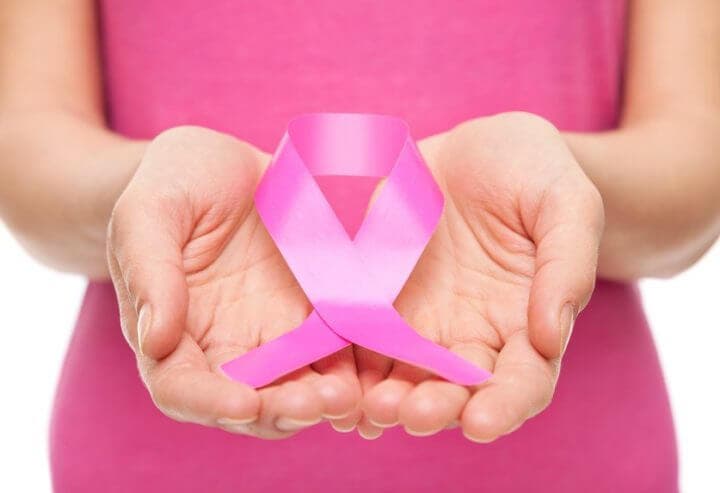
3. Risks of high sodium intake
Major health organizations, such as the Centers for Disease Control and Prevention, recommend that adults consume no more than 2,300 milligrams of salt per day; while higher-risk groups, such as African Americans and older adults, should not exceed 1,500 milligrams.
On the other hand, it is necessary for most healthy people to restrict their sodium intake when they eat a balanced diet rich in natural foods. In this way, they will be able to avoid suffering from problems derived from excessive salt consumption in the future.

Conclution
Low sodium diets help improve hypertension , chronic kidney disease, and the overall quality of the diet. It also helps reduce the chance of stomach cancer. However, it must also be considered that low sodium consumption can have negative health effects, which means that this type of diet is not compatible with all people.

References
- Fang, X., Wei, J., He, X., An, P., Wang, H., Jiang, L… Min, J. (2015). Landscape of dietary factors associated with risk of gastric cancer: A systematic review and dose-response meta-analysis of prospective cohort studies. National Library of Medicine National Institutes of Health. doi: 10.1016 / j.ejca.2015.09.010
- Gupta, D., Georgiopoulou, A., Kalogeropoulou, S., Reilly, C., Sands, J., Fonarow, G… Butler, J. (2012). Dietary Sodium Intake In Heart Failure. Circulations. doi: https: /doi.org/10.1161/CIRCULATIONAHA.111.062130
- He, F., Li, J. and Macgregor, G. (2013). Effect of longer-term modest salt reduction on blood pressure. National Library of Medicine National Institutes of Health. doi: 10.1002 / 14651858.CD004937.pub2
- Jackson, S., Cogswell, M., Zhao, L., Terry, A., Wang, C., Wright, J… Loria, C. (2018). Association Between Urinary Sodium and Potassium Excretion and Blood Pressure Among Adults in the United States: National Health and Nutrition Examination Survey, 2014.
National Library of Medicine National Institutes of Health. doi: 10.1161 / CIRCULATIONAHA.117.029193 - Johnson, I. (2015). Understanding the association between diet and nutrition in upper gastrointestinal cancer. National Library of Medicine National Institutes of Health. doi: 10.1586 / 17474124.2015.1088383
- Prasad, S., Masood, J., Srivastava, A. and Mishra, P. (2017). Elevated Blood Pressure and Its Associated Risk Factors among Adolescents of a North Indian City – A Cross-sectional Study. National Library of Medicine National Institutes of Health. doi: 10.4103 / ijcm.IJCM_106_16
- Ritz, E., Koleganova, N. and Piecha, G. (2009). Role of sodium intake in the progression of chronic kidney disease. National Library of Medicine National Institutes of Health. doi: 10.1053 / j.jrn.2008.10.007